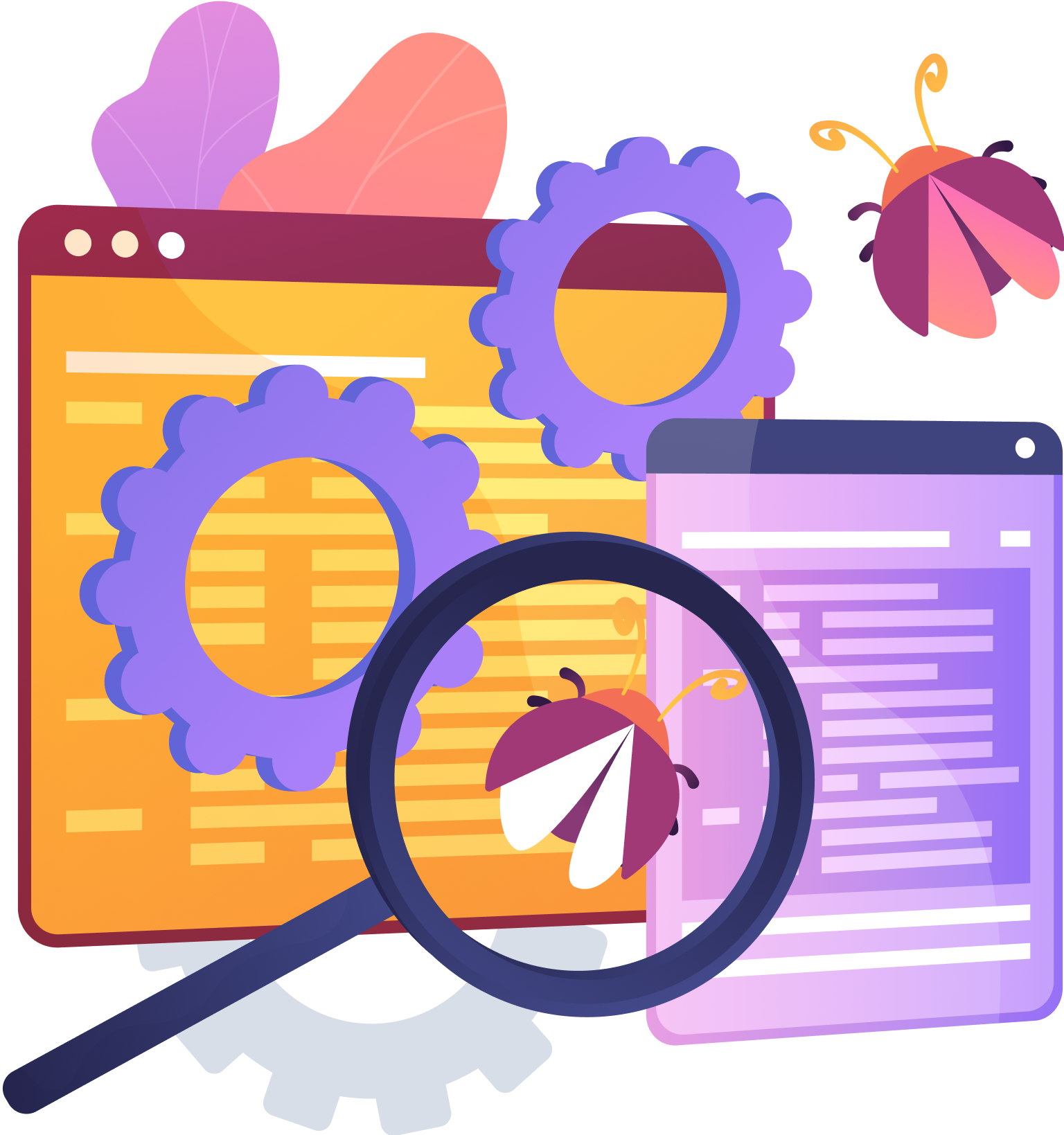One Statistic Says It All: Failure is the Key To a Great Career In Software Development

In modern software development, it is important to embrace failure as a necessary part of learning and development. It is because software development is an iterative and constantly evolving field, and it is often through the process of failing and learning from those failures that we can make progress and improve our skills.
One of the fundamental principles of modern software development is the idea of "fail fast, fail often." It means it is better to identify and address failures early in the development process rather than letting them linger and potentially cause more significant problems. By failing fast and often, developers can learn from their mistakes and quickly move on to the next iteration of their project rather than getting bogged down in a cycle of failure.
Another way that failure can lead to success in software development is through agile methodologies. Agile approaches to software development prioritize flexibility and adaptability and encourage teams to constantly reassess and adjust their strategies in response to changing circumstances. It means that failures are not seen as setbacks but as opportunities to learn and improve.
Why Software Developers Fail to Succeed in their Career
There are many reasons why software developers may fail to succeed in their careers. Some common reasons include the following:
1. Lack of Technical Skills
To succeed as a software developer, it is essential to have a strong foundation of technical skills, including knowledge of programming languages, algorithms, and data structures. These skills are necessary for developers to solve problems effectively and build high-quality software. You need high technical skills to develop
custom software designs for clients.
2. Lack of Communication Skills
Software development is a highly collaborative field, and developers need to be able to communicate their ideas and work with others effectively. Those who need help with communication may find it challenging to succeed in their careers.
3. Poor Time Management Skills
Software development projects often have tight deadlines, and developers need to be able to manage their time effectively to meet these deadlines. Those who struggle with time management may struggle to succeed in their careers.
4. Lack of Motivation or Passion
Software development can be a challenging field, and it is essential for developers to be motivated and passionate about their work to succeed. Staying engaged and motivated can only be easy with these qualities, leading to career stagnation.
5. Insufficient Attention to Detail
Software development requires attention to detail, as even small mistakes can have significant consequences. Those who need help with attention to detail may find it challenging to succeed in their careers.
Main Learning from Software Development Failures
Many valuable lessons can learn from failures in software development. Some examples of software development solutions examples include:
1. Understand the Root Cause of the Failure
By analyzing the cause of the failure, developers can better understand how to prevent similar issues from occurring in the future.
2. Improve Process and Procedures
Failures in software development can often be traced back to weaknesses in processes or procedures. By identifying and addressing these weaknesses, developers can improve their work's efficiency and effectiveness.
3. Learning New Technical Skills
Failure can often result from a lack of technical skills or knowledge. By seeking opportunities to learn and improve these skills, developers can become better equipped to tackle future challenges. If you are working in a custom software development company, you need to improve your skills regularly.
4. Collaborating and Seeking Guidance from others
Software development is a highly collaborative field, and it is often helpful to seek guidance and input from others when dealing with failures. By working together and sharing experiences, developers can learn from each other and find new ways to overcome obstacles.
5. Refining Problem-Solving Skills
Failure in software development often requires developers to think creatively and find new ways to solve problems. By learning from these experiences, developers can improve their problem-solving skills and become more effective at finding solutions to complex challenges.
How do you turn Software Development Failure into Success?
Here are some steps that developers can take to turn failures in software development into success:
1. Reflect on the Failure and Identify the Root Cause
Take the time to thoroughly analyze the cause of the failure and understand what went wrong. It will help you identify areas for improvement and prevent similar issues from occurring.
2. Use the Failure as an Opportunity to Learn and Improve
Instead of dwelling on failure, focus on what you can learn from the experience. It might involve seeking new technical skills or improving your processes and procedures.
3. Seek Guidance and Support from others
Software development is a highly collaborative field, and seeking guidance and support from others when facing failures is often helpful. It might involve asking for help from colleagues, mentors, or online communities.
4. Stay Motivated and Focused
It can be easy to become discouraged after a failure, but staying motivated and focused on your goals is essential. Set small, achievable milestones for yourself and celebrate your progress.
5. Embrace a Growth Mindset
Instead of viewing failure as a setback, adopt a growth mindset and see it as an opportunity to learn and grow. It will help you stay resilient and better equipped to handle future challenges.
Modern Software Development Processes
Modern software development processes are designed to be flexible, adaptable, and responsive to changing circumstances. Some common characteristics of modern software solutions development include:
Agile Methodologies
Agile approaches to software development prioritize flexibility and adaptability and encourage teams to constantly reassess and adjust their strategies in response to changing circumstances. Agile methodologies, such as Scrum and Lean, are designed to be iterative and incremental, focusing on regularly delivering minor improvements. This methodology is very crucial in software development outsourcing companies. It is a prevalent method of developing software.
Continuous Integration and Delivery
Modern software development processes often use continuous integration and delivery (CI/CD) practices, which allow developers to build, test, and deploy code changes regularly and automatically. It helps to ensure that software is delivered to users in a timely and reliable manner.
DevOps
DevOps is a set of practices that combines software development and IT operations to enable organizations to deliver software faster and more reliably. DevOps practices, such as automation and infrastructure as code, can streamline the software development process and improve collaboration between development and operations teams.
Cloud-native Development
Cloud-native development refers to building and running applications in the cloud using cloud-native technologies such as containers, microservices, and serverless architectures. Cloud-native development allows developers to take advantage of the scalability and flexibility of the cloud to build and deploy applications faster and more efficiently.
Most Useful Software Development Models
A software development model is a framework that outlines the processes and activities involved in software solutions development. Many different software development models have been developed over the years, each with its unique characteristics and approach to the software development process. Some standard software development models include:
Waterfall Model
The Waterfall model is a traditional, linear approach to software development solutions that involves breaking the development process down into distinct phases, with each phase building upon the previous one. The Waterfall model focuses on thorough planning and design upfront, with a strong emphasis on documentation.
Agile Model
Agile software development is a flexible, iterative approach emphasizing rapid delivery and continuous improvement. Agile methodologies, such as Scrum and Lean, are designed to be adaptable and responsive to changing circumstances and encourage collaboration and communication between team members.
Spiral Model.
The Spiral model is a risk-driven software development model that involves iteratively working through a series of phases, each focusing on addressing a particular set of risks. The Spiral model is well-suited for large, complex projects that involve a high degree of uncertainty.
Rapid Application Development (RAD)
Rapid application development (RAD) is an iterative approach to software development that emphasizes rapid prototyping and reusable components. RAD allows developers to quickly deliver functional software and gather user feedback to make iterative improvements.
Top 3 Examples of Modern Software Development Failures
Here are a few examples of modern software design services failures:
The Healthcare.gov website rollout: In 2013, the launch of the Healthcare.gov website, which was intended to serve as a marketplace for individuals to purchase healthcare insurance under the Affordable Care Act, was plagued by technical issues and delays. The website experienced significant problems with its registration system, leading to users' frustration. This failure prompted the government to bring in outside help to fix the issues and improve the website's performance.
The launch of the Xbox One: In 2013, the launch of the Xbox One was marred by a series of technical issues, including problems with the system's connectivity and launch day outages. These issues led to negative customer experiences and Microsoft's PR problem. The company worked to address the issues and improve the system's reliability, leading to a successful launch of the Xbox One in subsequent years.
The "Heartbleed" vulnerability: In 2014, a vulnerability known as "Heartbleed" was discovered in the widely-used OpenSSL cryptographic software library. This vulnerability allowed attackers to access sensitive data from affected systems, including passwords and other sensitive information. The discovery of Heartbleed prompted a widespread effort to patch and secure systems and led to a reevaluation of open-source software security practices.
Click Here: A Professional Guide to Blockchain Development - Benefits & Challenges









